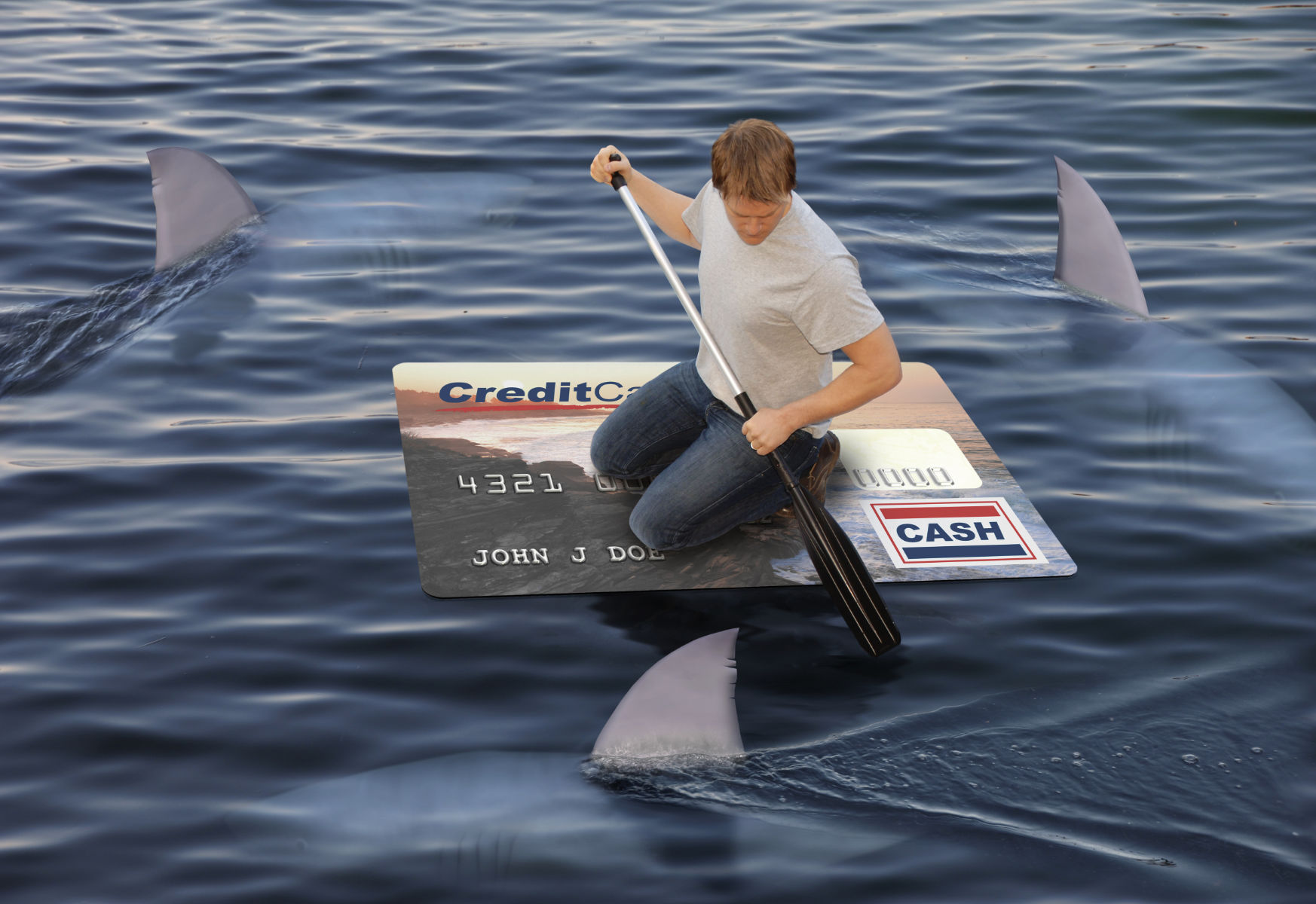
21 Feb 5 Simple Steps to Take When You’re in Credit Card Debt
Credit card debt can feel like a heavy burden, but with the right approach, it’s possible to navigate your way out of it. If you find yourself struggling to manage your credit card debt, these five steps can set you on the path to financial recovery and peace of mind.
1. Assess Your Financial Situation
The first step in tackling credit card debt is to take a thorough inventory of your financial situation. This means listing all of your debts, including the balances, interest rates, and minimum monthly payments for each credit card. Also, analyze your income and monthly expenses to understand how much you can realistically afford to allocate towards paying off your debt. This comprehensive view will serve as the foundation for your debt repayment plan.
2. Consider a Debt Repayment Strategy
Once you have a clear picture of your financial landscape, it’s time to choose a debt repayment strategy. Two popular methods are the snowball method and the avalanche method. The snowball method involves paying off your smallest debts first while maintaining minimum payments on the others. This can provide psychological wins that motivate you to keep going. The avalanche method, on the other hand, focuses on paying off debts with the highest interest rates first, potentially saving you money over time. Select the strategy that best aligns with your financial goals and temperament.
3. Look for Ways to Reduce Your Interest Rates
High-interest rates can significantly slow down your debt repayment progress. Contact your credit card issuers to negotiate lower interest rates or explore balance transfer credit cards that offer low or zero interest rates for a promotional period. Be sure to read the fine print, as balance transfers usually come with fees, and the promotional rate eventually ends. Another option is to consolidate your debt with a personal loan that has a lower interest rate, simplifying your payments and potentially reducing the amount of interest you pay over time.
4. Create a Budget and Cut Unnecessary Expenses
To free up more money for debt repayment, you’ll need to create a budget that prioritizes your financial goals. Analyze your spending to identify areas where you can cut back, such as dining out, subscription services, or luxury items. Redirecting these funds towards your debt can accelerate your repayment efforts. Remember, budgeting isn’t about restriction; it’s about making informed decisions that align with your priorities.
5. Build an Emergency Fund
While it might seem counterintuitive to save money when you’re in debt, having a small emergency fund is crucial. Without it, unexpected expenses can lead you to accrue more debt, undermining your repayment efforts. Start by setting aside a modest amount, such as $500 or $1,000, to cover unforeseen costs. This safety net can keep you on track towards your debt-free goal.
Overcoming credit card debt is a journey that requires patience, discipline, and a strategic approach. By assessing your financial situation, choosing a repayment strategy, reducing interest rates, budgeting wisely, and building an emergency fund, you can take control of your finances and work your way out of debt. Remember, the road to financial freedom is paved with informed choices and consistent action.


